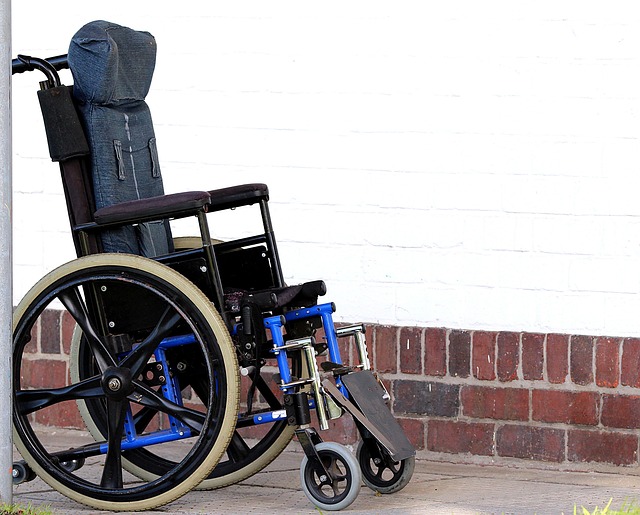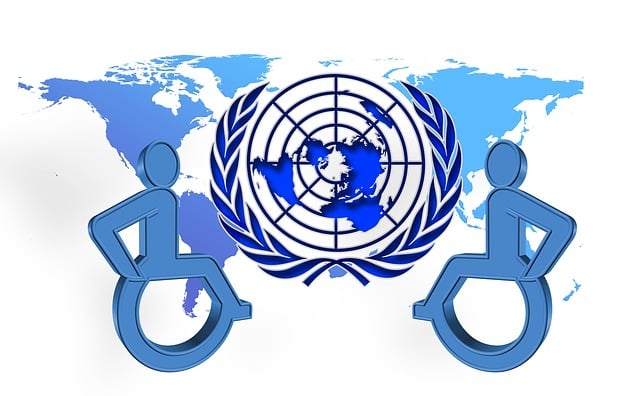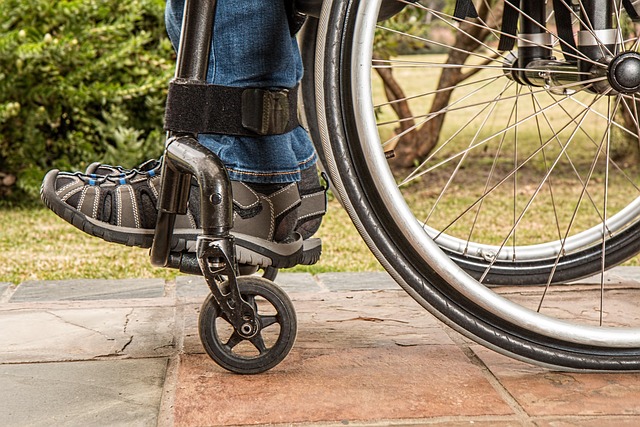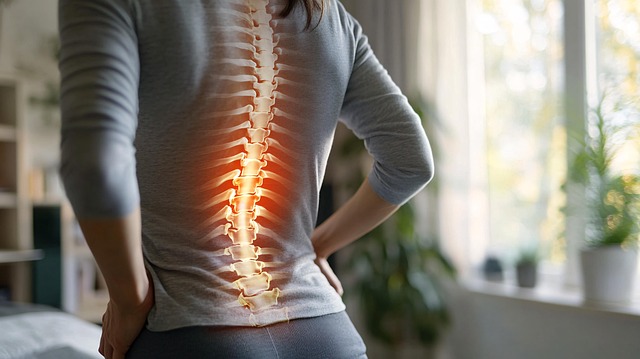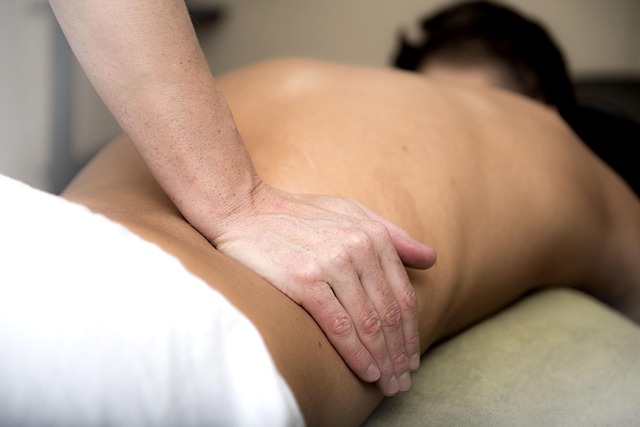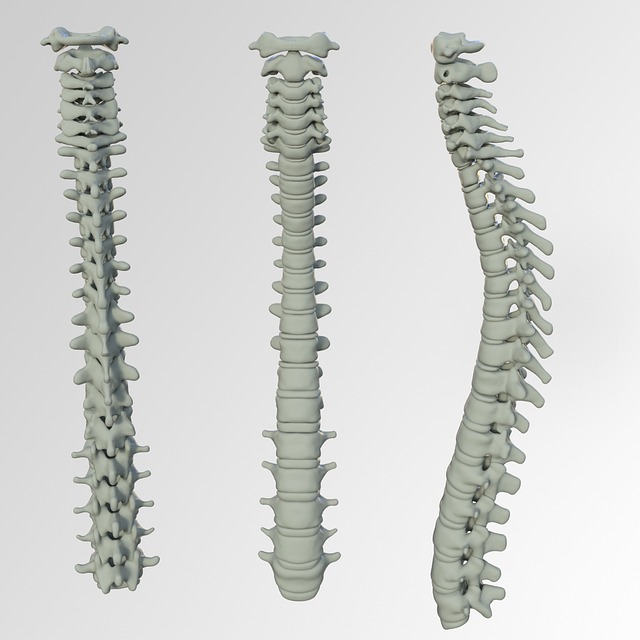Motor vehicle accidents (MVAs) frequently cause back and neck muscle spasms due to spine misalignments. Chiropractors offer specialized chiropractic support for MVAs, addressing these misalignments through manual adjustments, soft tissue therapy, and exercise guidance. Their holistic approach provides immediate pain relief, promotes long-term spinal health, and prevents chronic post-accident conditions. Preventative measures like regular chiropractic adjustments, stretching, good posture, hydration, and gentle physical activity are crucial for managing and avoiding muscle spasms after an MVA.
After a motor vehicle accident, back and neck spasm management is crucial. This comprehensive guide explores how chiropractic care can offer effective relief for muscle spasms stemming from such incidents. We delve into understanding the specific challenges posed by these spasms and provide practical home care tips to complement professional treatment. By combining chiropractic support with preventative measures, you can achieve long-term comfort and recovery.
- Understanding Motor Vehicle Accident-Related Muscle Spasms
- The Role of Chiropractic Care in Managing Back and Neck Spasms
- Preventative Measures and Home Care Tips for Long-Term Relief
Understanding Motor Vehicle Accident-Related Muscle Spasms

Motor vehicle accidents (MVA) can cause a myriad of physical issues, and one of the most common is muscle spasm in the back and neck. These spasms are often the result of sudden impact and can be extremely painful and debilitating. When a car is involved in an accident, the force of the collision can disrupt the body’s natural alignment, leading to tension and tightness in muscles, especially in the cervical (neck) and thoracolumbar (upper back) regions. Chiropractic support has emerged as a valuable tool in managing these post-accident muscle spasms. Chiropractors are trained to assess and diagnose the specific causes of such spasms, often related to joint misalignments or restrictions in spinal movement.
The primary focus of chiropractic care in this context is to restore proper alignment and mobility to the affected areas. Through various techniques like manual adjustments, soft tissue therapy, and exercise recommendations, chiropractors aim to reduce muscle tension, alleviate pain, and improve overall spinal health. This holistic approach not only provides immediate relief but also helps prevent long-term issues that may arise from chronic muscle spasms post-accident.
The Role of Chiropractic Care in Managing Back and Neck Spasms

Chiropractic care plays a significant role in managing back and neck spasm, especially following a motor vehicle accident. Chiropractors utilize a variety of non-invasive techniques to alleviate muscle tension and promote healing. Adjustments to the spine, along with targeted stretches and exercises, can help restore proper alignment and mobility, reducing spasms and pain associated with auto accident injuries.
Chiropractic support for motor vehicle accident-related muscle spasms offers several benefits. It can help reduce inflammation, improve nerve function, and accelerate the body’s natural healing process. By focusing on the whole body, chiropractors address not only the immediate symptoms of spasm but also underlying imbalances that may contribute to ongoing discomfort. This holistic approach promotes long-term relief and enhances overall well-being.
Preventative Measures and Home Care Tips for Long-Term Relief

Preventative Measures and Home Care Tips for Long-Term Relief
After a motor vehicle accident, chiropractic support can be instrumental in managing and preventing back and neck muscle spasms. Regular chiropractic adjustments help maintain proper alignment and mobility of the spine, reducing the risk of spasms triggered by poor posture or compensatory movements. Incorporating stretching exercises focused on the neck, shoulders, and upper back into your daily routine can also go a long way in alleviating tension and promoting flexibility.
At home, adopting ergonomic practices is key to long-term relief. Ensure your workspace and sleeping environment are ergonomically designed to support your spine, with chair heights adjustable for proper lower back alignment. Maintaining good posture while sitting, standing, and lifting objects can significantly decrease the likelihood of spasms. Additionally, staying hydrated and incorporating regular, gentle physical activity into your routine can enhance overall muscle health and flexibility.
After exploring the impact of motor vehicle accidents on back and neck muscles, leading to spasms, it’s evident that a multifaceted approach is key. Chiropractic care offers effective management through adjustment techniques and patient education. Preventative measures, including regular stretching and ergonomic adjustments, are crucial for long-term relief. For those seeking chiropractic support for motor vehicle accident-related muscle spasms, adopting these strategies can significantly improve quality of life and reduce the need for extensive interventions.


